
Tell your friends about this item:
INCA LAND- (Machu Picchu) Explorations in the Highlands of Peru.
Hiram Bingham
INCA LAND- (Machu Picchu) Explorations in the Highlands of Peru.
Hiram Bingham
Bingham was thrilled by the prospect of unexplored Inca cities, and organized the 1911 Yale Peruvian Expedition, [6] one of the objectives of which was to search for the last capital of the Incas. Guided by locals, he rediscovered and correctly identified both Vitcos (then called Rosaspata) and Vilcabamba (then called Espíritu Pampa), which he named "Eromboni Pampa", [6] but did not correctly recognize Vilcabamba as the last capital, instead continuing onward and misidentifying Machu Picchu as the "Lost City of the Incas". Decades later, Bingham's oversight was rectified by the Andean explorer Vince Lee, whose detailed researches proved that Vilcabamba was indeed the Incas' last capital. On July 24, 1911, Melchor Arteaga led Bingham to Machu Picchu, which had been largely forgotten by everybody except the small number of people living in the immediate valley (possibly including two local missionaries named Thomas Payne and Stuart McNairn whose descendants claim that they had already climbed to the ruins in 1906)[citation needed]. Also the Cusco explorers Enrique Palma, Gabino Sanchez and Agustín Lizarraga are said to have arrived at the site in 1901. Bingham returned to Peru in 1912, 1914 and 1915 with the support of Yale and the National Geographic Society. In The Lost City of the Incas (1948), Bingham related how he came to believe that Machu Picchu housed a major religious shrine and served as a training center for religious leaders. Modern archaeological research has since determined that the site was not a religious center but a royal estate to which Inca leaders and their entourage repaired during the Andean summer.[7] A key element of the expeditions' legacy are the collections of exotic animals, antiquities, and human skeletal remains. These objects exposed the modern world to a new view of ancient Peru and allowed 20th-century interpreters to interpret Machu Picchu as a "lost city" that Bingham "scientifically discovered". Bingham merged his reliance on prospecting by local huaqueros with the notion that science had a sovereign claim on all artifacts that might contribute to the accumulation of knowledge.[8]Machu Picchu has become one of the major tourist attractions in South America, and Bingham is recognized as the man who brought the site to world attention, although many others helped. The switchback-filled road that carries tourist buses to the site from the Urubamba River is called the Hiram Bingham Highway.[9]Bingham has been cited as one possible basis for the character Indiana Jones
| Media | Books Paperback Book (Book with soft cover and glued back) |
| Released | May 18, 2020 |
| ISBN13 | 9798646649585 |
| Publishers | Independently Published |
| Pages | 478 |
| Dimensions | 178 × 254 × 24 mm · 820 g |
| Language | English |
More by Hiram Bingham
See all of Hiram Bingham ( e.g. Paperback Book , Hardcover Book , Book and Bound Book )


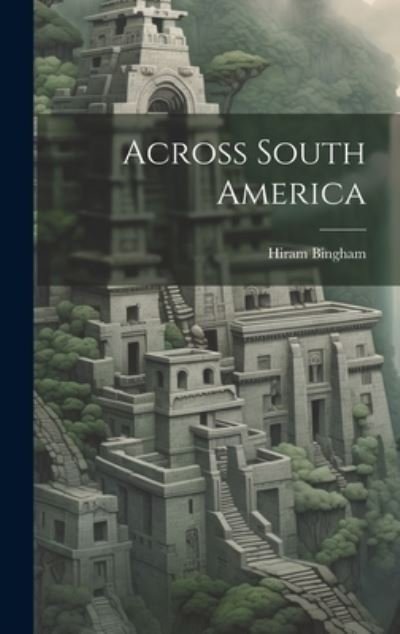
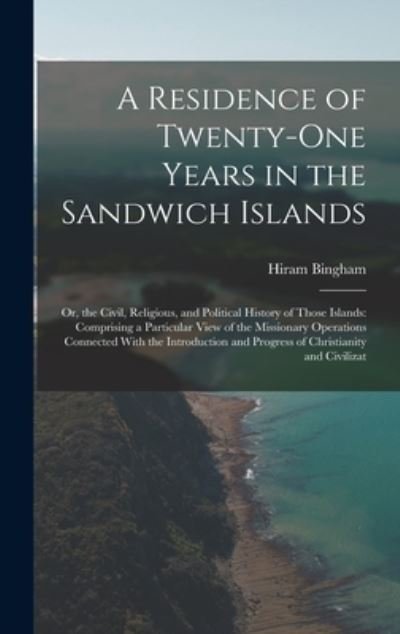
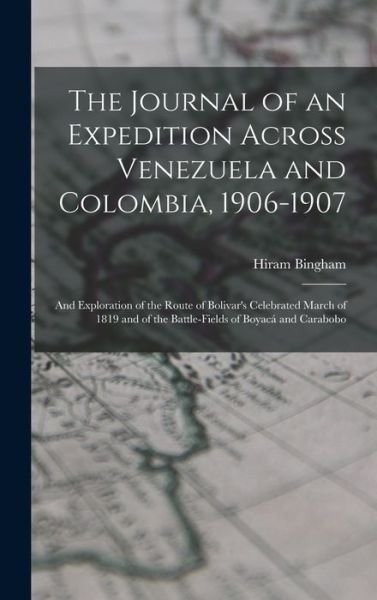

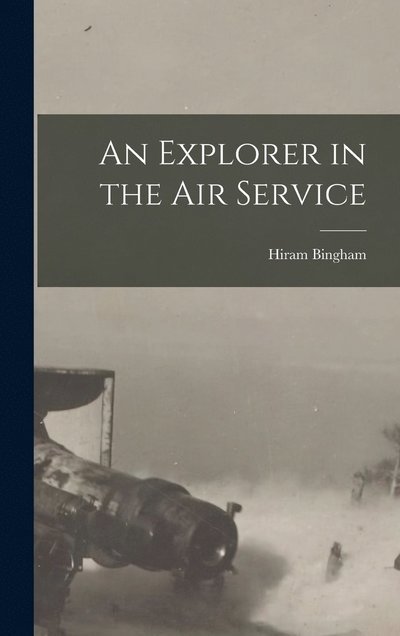

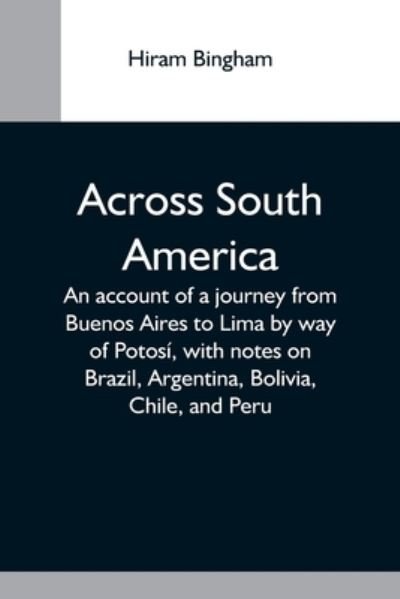
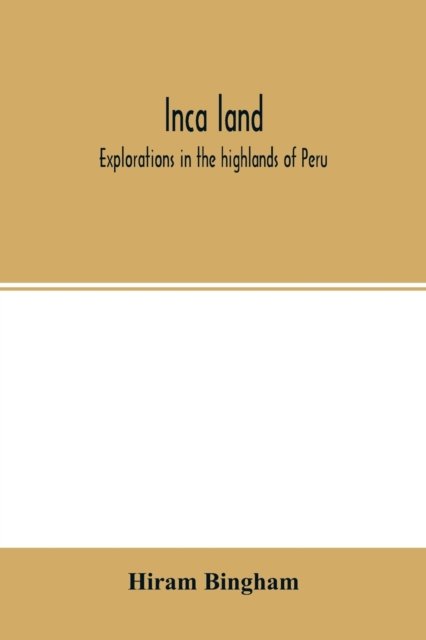
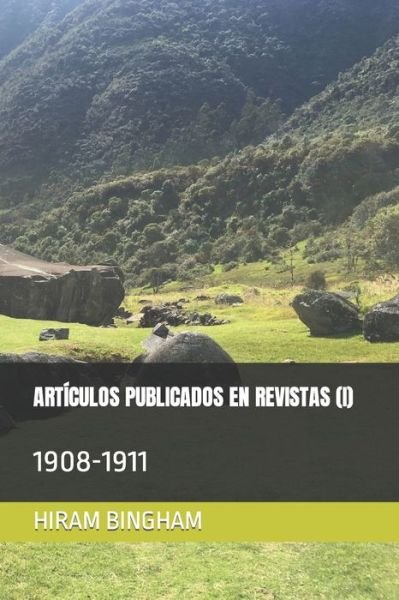
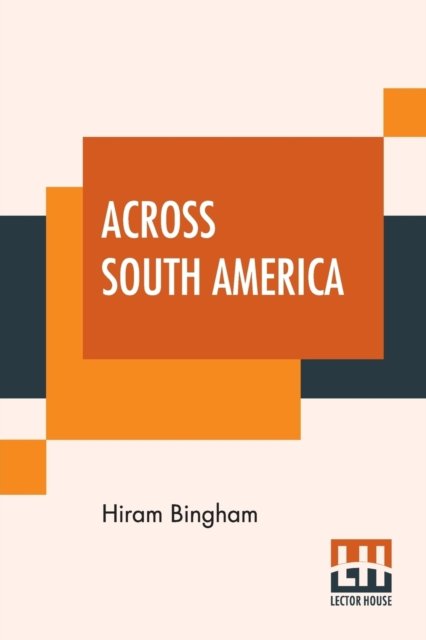
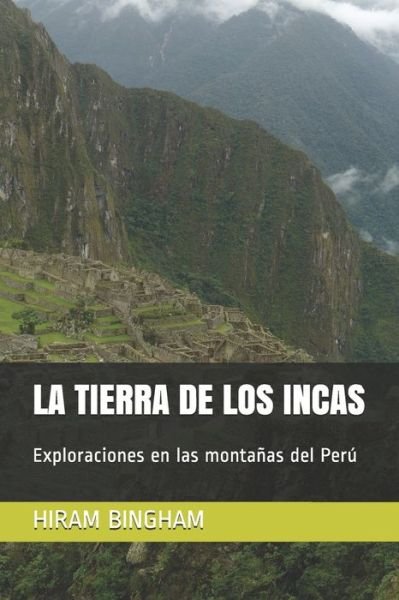

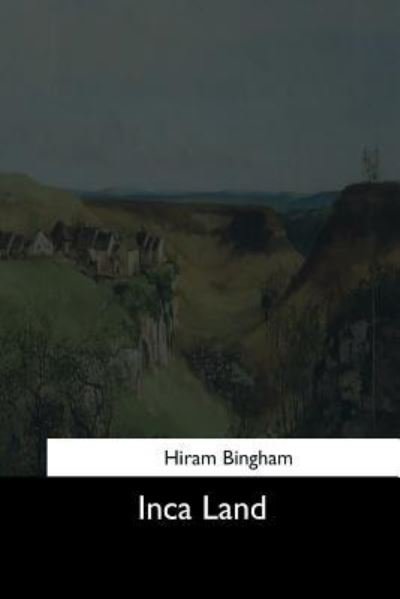
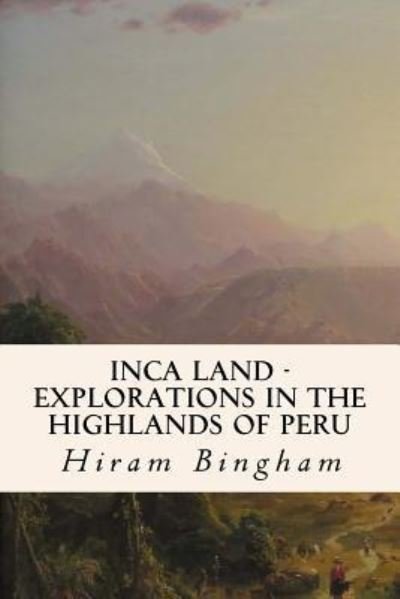


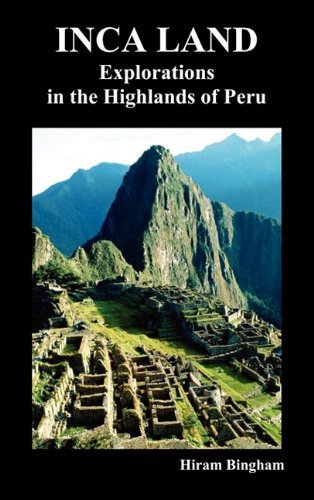
![Cover for Hiram Bingham · Lost City of the Incas: The Story of Machu Picchu and Its Builders (Hardcover Book) [New edition] (1981)](https://imusic.b-cdn.net/images/item/original/503/9780313229503.jpg?hiram-bingham-1981-lost-city-of-the-incas-the-story-of-machu-picchu-and-its-builders-hardcover-book&class=scaled&v=1557209911)